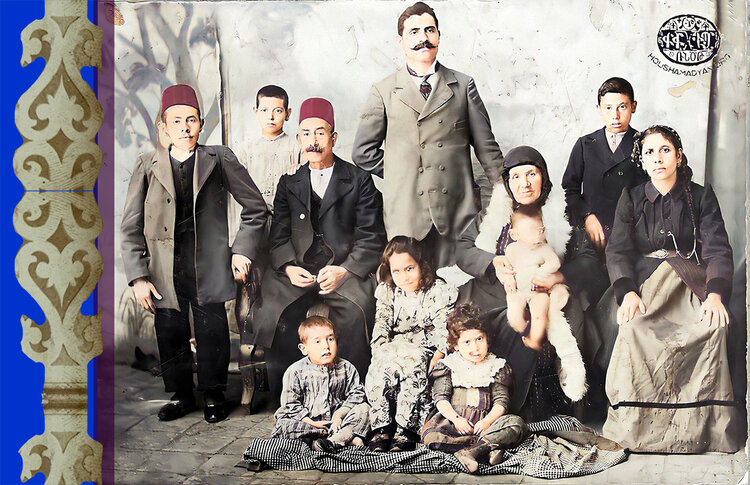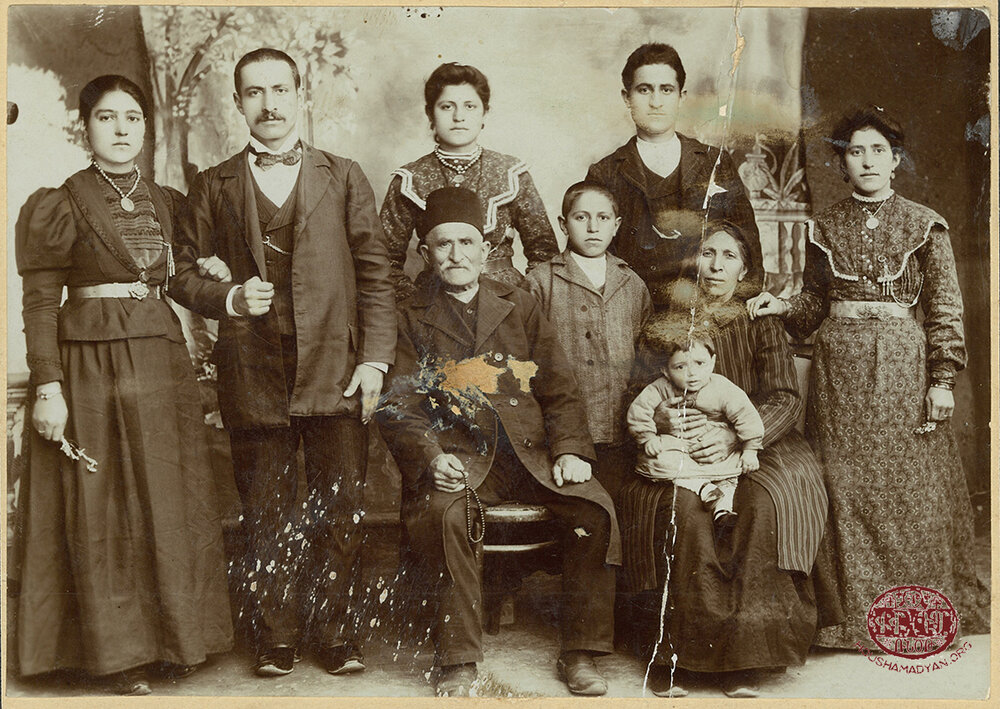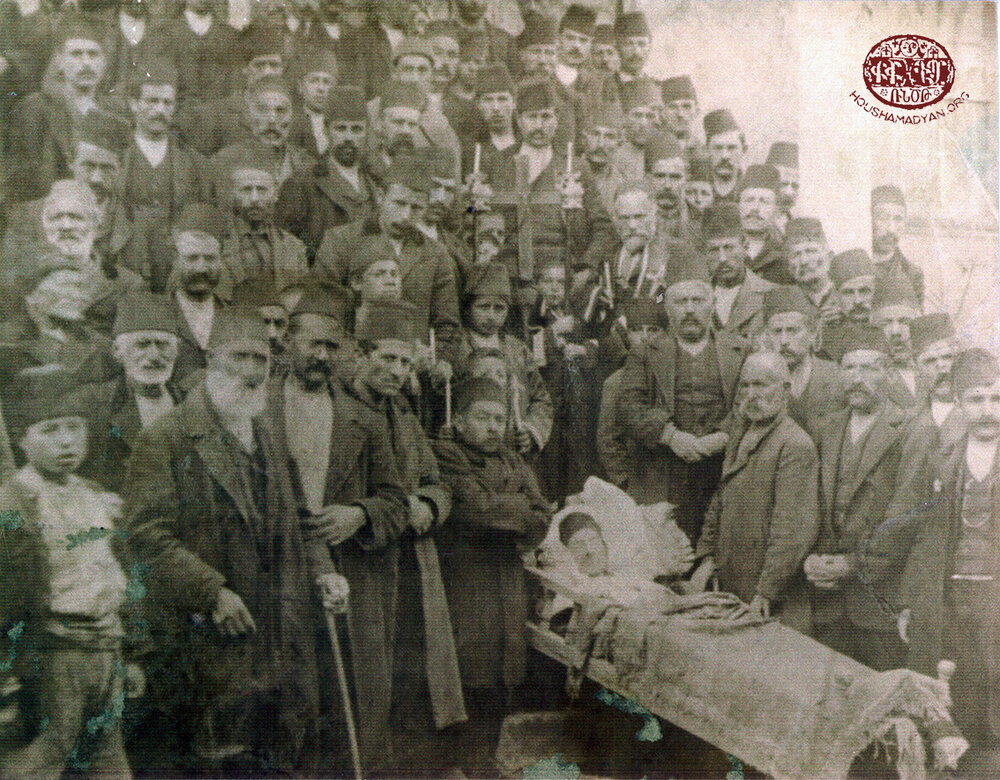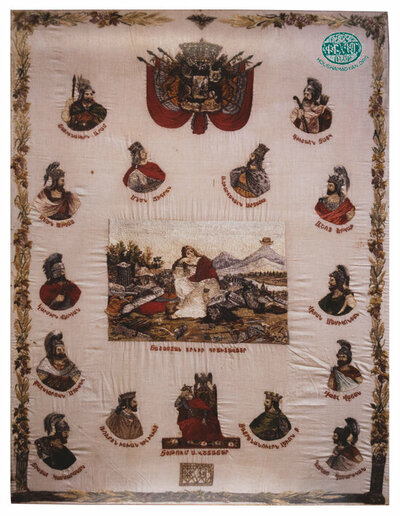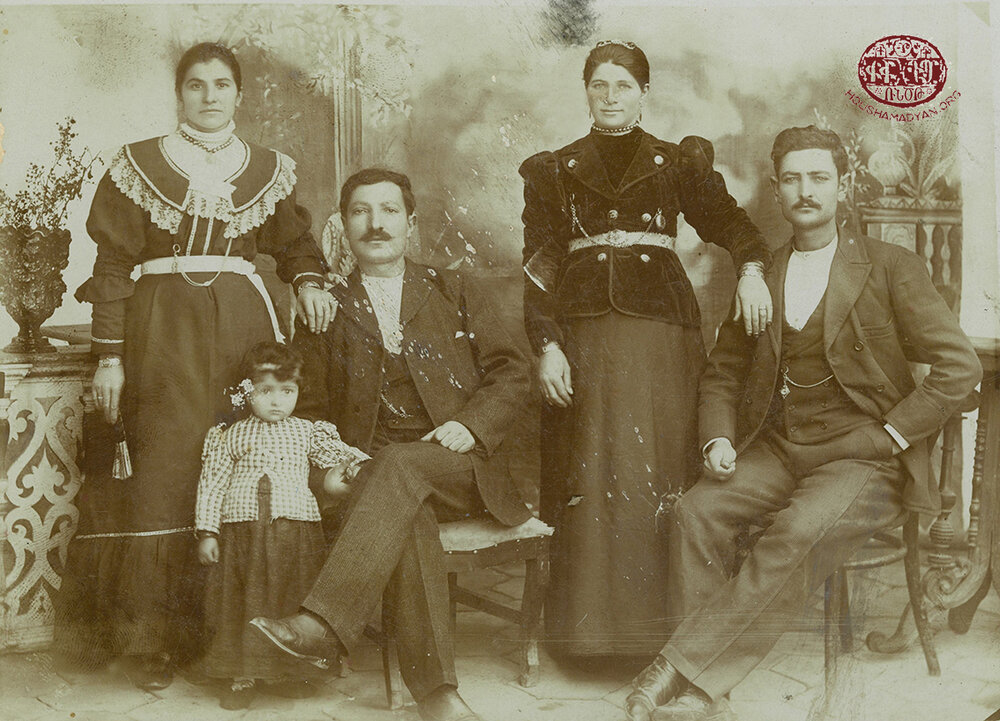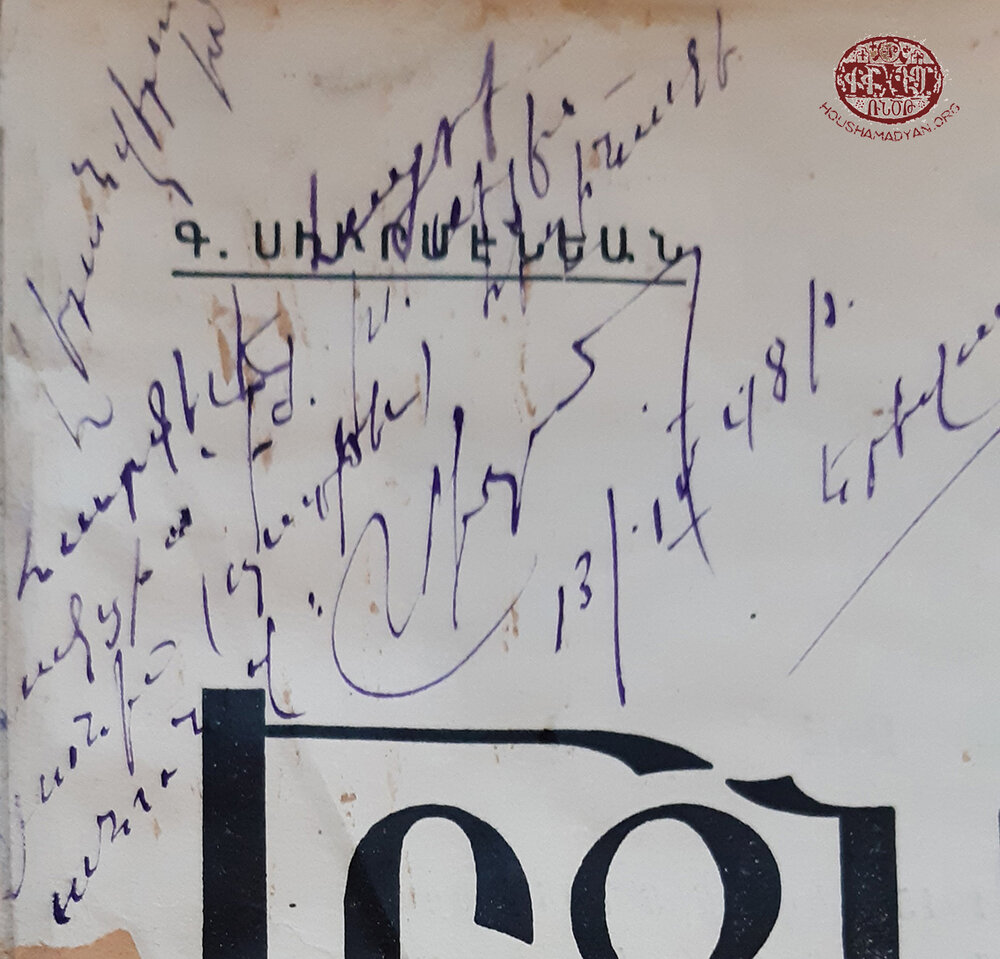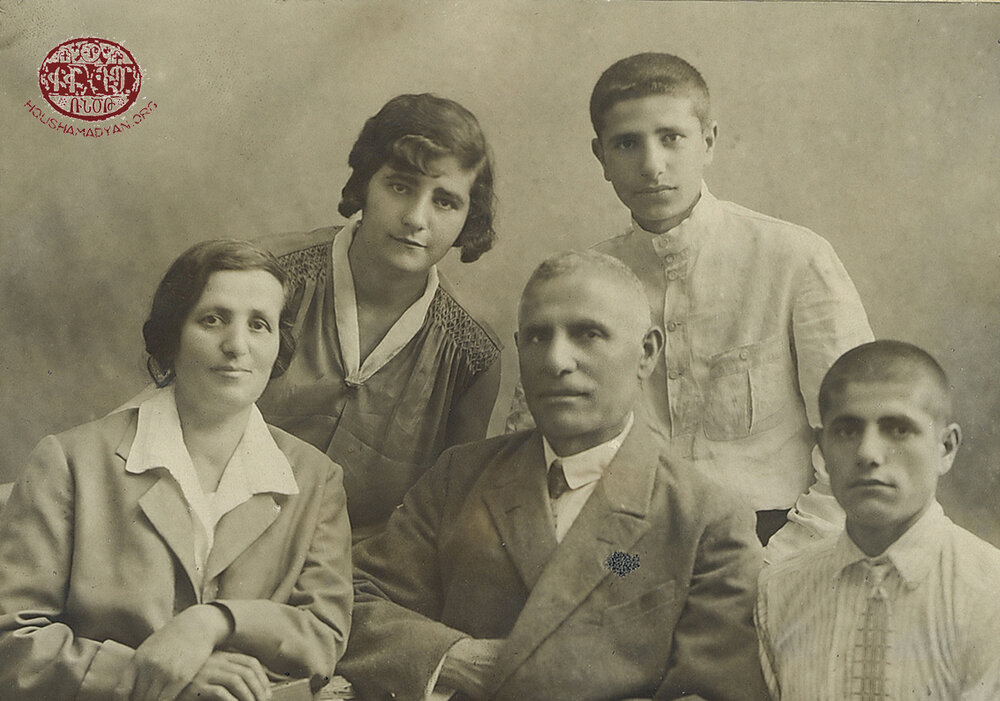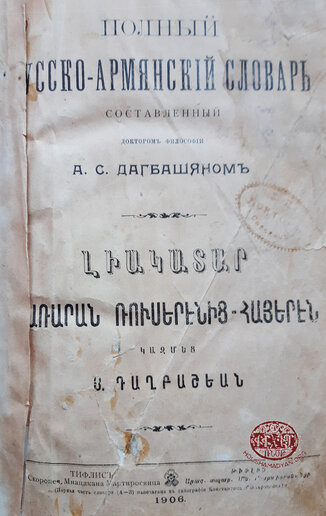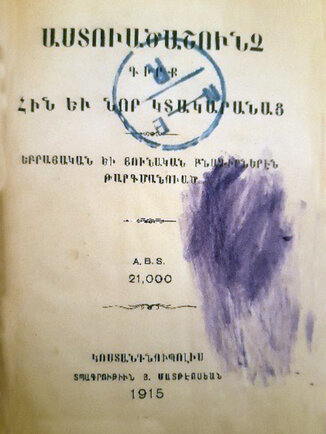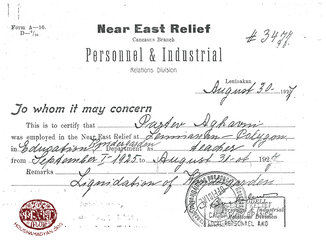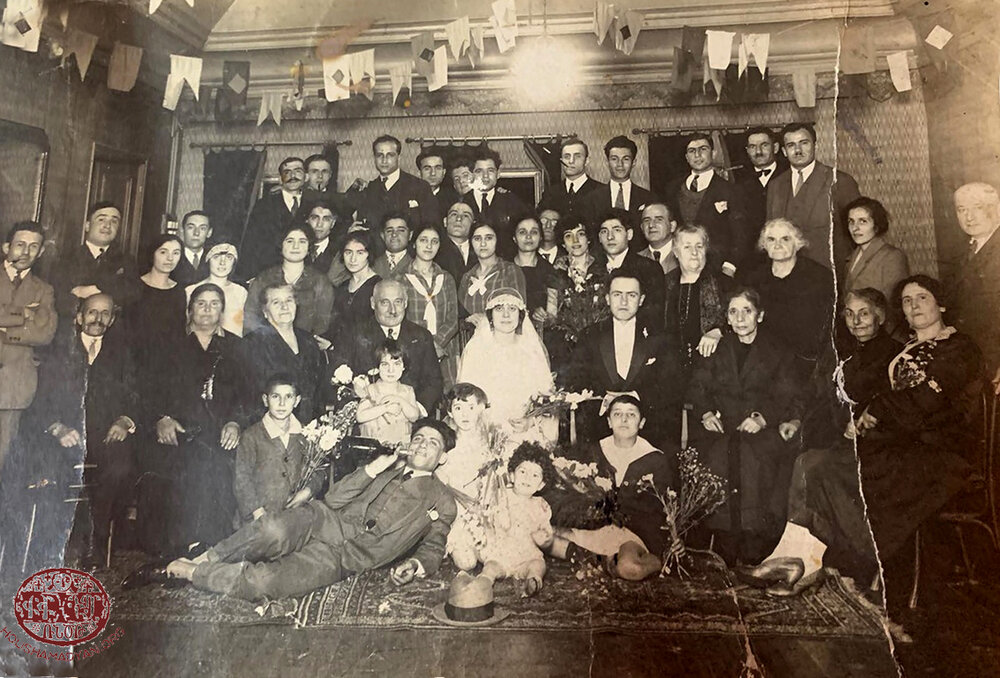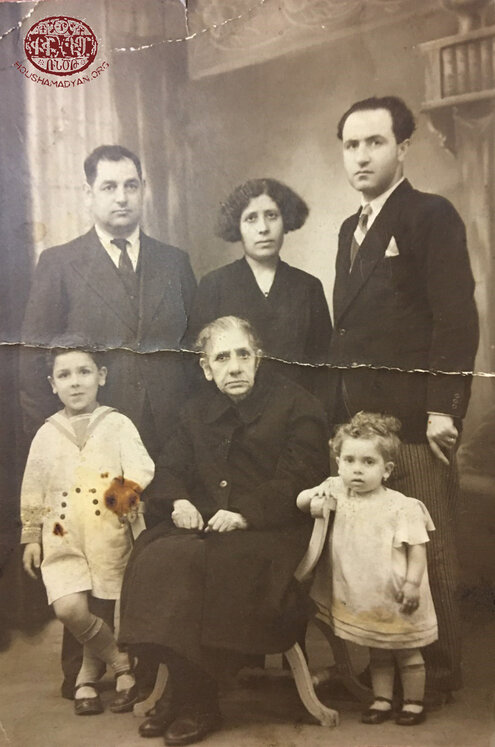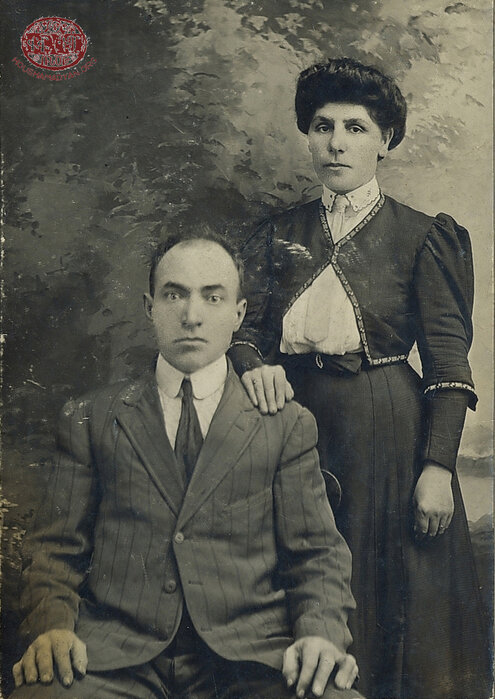Tvina Bartev Collection - Yerevan
17/12/22 (Last modified 17/12/22) - Translator: Simon Beugekian

The Seyisians were one of the prominent families of Yerzenga/Erzincan. Their ancestors included Hadji Hagop Seyisian, who owned a factory in the city that manufactured yazma (hand-printed fabric usually worn as headscarves). Hadji Hagop was an exceedingly avid reader. In addition to Armenian, he was fluent in Turkish, Farsi, Arabic, and English. In the years 1854-1856, he had served in the Ottoman Army as a volunteer during the Crimean War, which pitted Tsarist Russia against the Ottoman Empire and its allies, including Great Britain. Hadji Hagop learned English while working with British soldiers during the war. He also participated in the famous siege of Sevastopol.
Hadji Hagop had made the pilgrimage to Jerusalem, thus earning the title of “hadji.” He and his wife, Mary (nee Kazandjian), had two daughters and four sons. Their daughters were called Srpouhi (later Kurkdjian) and Shoghagat (later Terzian). Their sons were called Boghos, Khachig, Norayr, and Hovhannes. Srpouhi married Garabed Kurkdjian, then moved from Yerzenga/Erzincan to Constantinople in 1903. Shoghagat married Hovsep Terzian, and together, they emigrated to the United States in 1895. Hadji Hagop died in 1913, in Yerzenga.


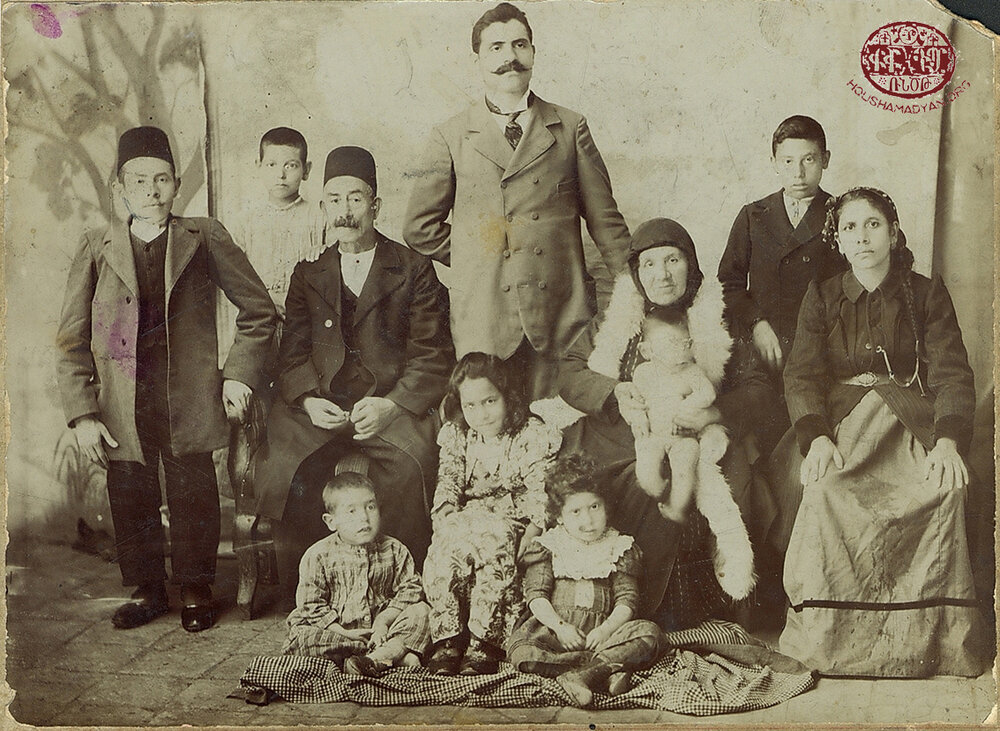
Khachig, one of Hadji Hagop’s four sons, was born in Yerzenga in 1874. He received his education at the Ungeragan School of Yerzenga. In the 1881-1882 school year, his teacher was Jirayr Boyadjian, who later became a renowned Hunchak Party figure. Khachig spoke Armenian, Turkish, and French; and later also learned English and Russian. In the second half of the 1890s, Khachig joined an Armenian Revolutionary Federation (ARF; Dashnak Party) fedayee squad that operated in the foothills of Mount Sebouh, under the leadership of Keri of Dersim (Roupen Shishmanian). The squad’s main hideout was Lousavorchavank and the forests around it. While a member of this squad, Khachig used the moniker Bartev. He later added this name to his surname. A few years later, Khachig abandoned his life as a guerilla fighter and dedicated himself to the development of the Armenian educational system in Yerzenga.
Like his father, Khachig was a very avid reader. From Constantinople, he received French newspapers, as well as books dedicated to pedagogy and the crafts. In Yerzenga, Khachig led efforts to establish a public library. The city’s Armenian Prelacy provided one of its large rooms to be used as the library, and Khachig and his friends collected books and furnished it. In the evenings, the library hosted lectures on various topics, especially pedagogical issues. After 1908, the library was moved to a separate building, new books were purchased, and the collection expanded. The library also hosted theatrical performances.
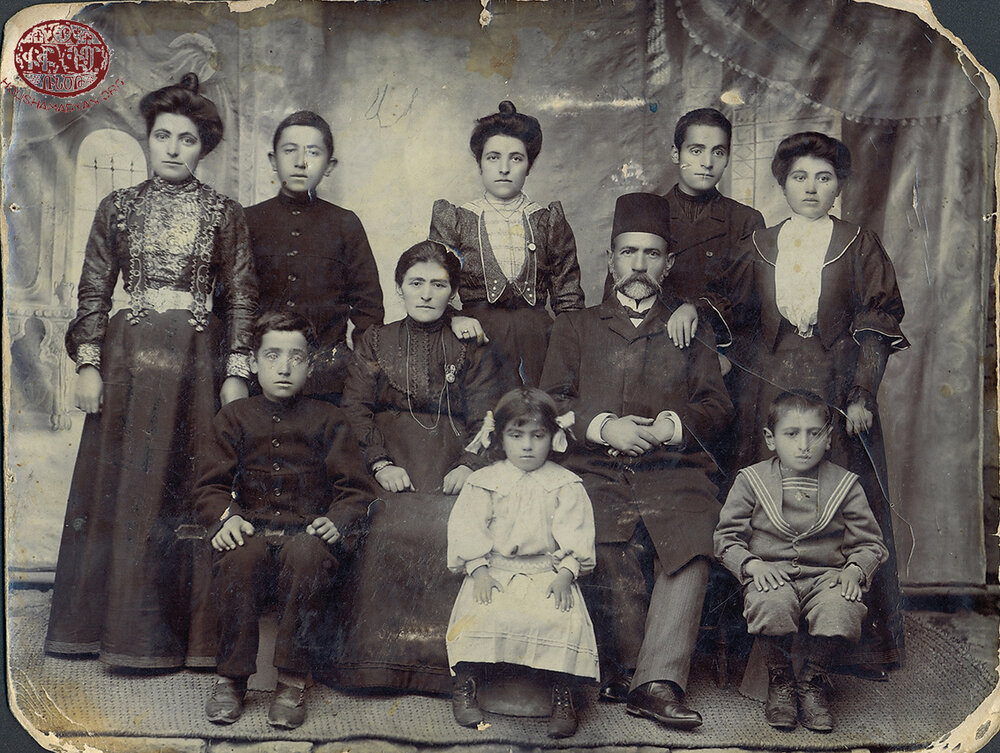
In 1903, Khachig was dispatched to Ayntab as an Armenian Revolutionary Federation operative. He stayed in this city until 1904. He worked with Simon Zavarian, one of the founders of the party, as well as Vartan of Khanasor (Sarkis Mehrabian), the commander of the Khanasor Expedition, both of whom were also in Ayntab at that time. In 1905, Khachig left for Beirut, where he studied medicine at one of the city’s universities. He received his medical degree in 1909, after which he returned to Yerzenga, where he worked as a registered doctor until 1910. Then, he moved to Erzurum/Garin, where he also practiced medicine until 1912. During these years, Khachig married Aghavni Ayvazian (1885-1973), who was born in Erzurum and had graduated from the local Sanasarian School. In Erzurum, Khachig chaired the local Armenian educational council. In 1913-1914, he lived and worked in Mamahatun (present-day Tercan) as a government doctor. Aghavni worked as a teacher and performed in local theatrical productions.
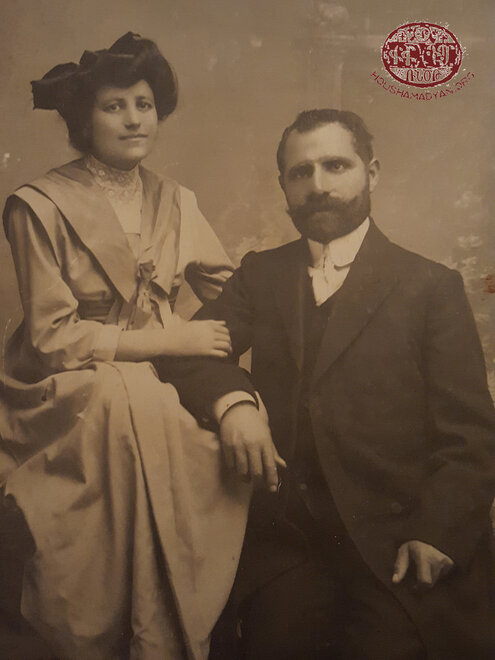
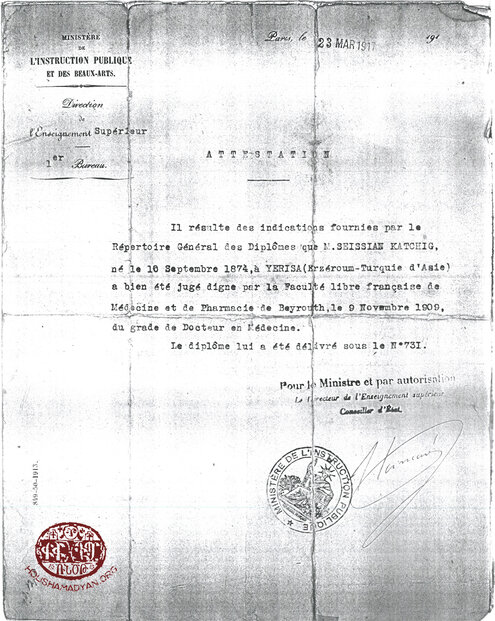
Aghavni and Khachig had three children, Mary (later Vahramian; 1914-1999), Arsen (1916-1936), and Zarmig (1917-1998). In 1936, Arsen fell victim to a crime while living in Tbilisi, where he was studying architecture. Mary later became an expert in the English language, and Zarmig a doctor and a hematologist. This history of the family was provided to us by Zarmig’s daughter, Tvina Bartev.
When the First World War broke out and mobilization was declared across the Ottoman Empire, Khachig Seyisian was called up and stationed as a medic with the Ottoman forces in Yerzenga. During the war, his unit was redeployed to Erzurum. In June 1915, Khachig was sent to the Ashkale military field hospital. Meanwhile, in Yerzenga/Erzincan, the Seyisian family was deported. During the deportations, Khachig’s mother, Mary; his hunchbacked and handicapped brother, Boghos; and his two other brothers, Norayr and Hovhannes, alongside their families, were killed. Many of the family’s close and distant relatives were also killed. The only survivors were Khachig’s wife, Aghavni; his daughter, Mary (the couple’s other children had not yet been born); and Aghavni’s mother, who also lived in Yerzenga. They were able to sneak back into the city from the fields and hide in an abandoned home. Aghavni had a sister, Zarouhi, who was married to a member of the Torosian family and also lived in Yerzenga. Zarouhi and her two daughters were also lost without a trace during the deportations. A second sister of Aghavni’s, Pepron, lived in Erzurum. She survived, and the two sisters found each other many years later in Armenia.
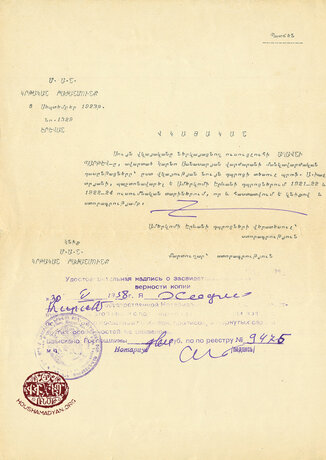
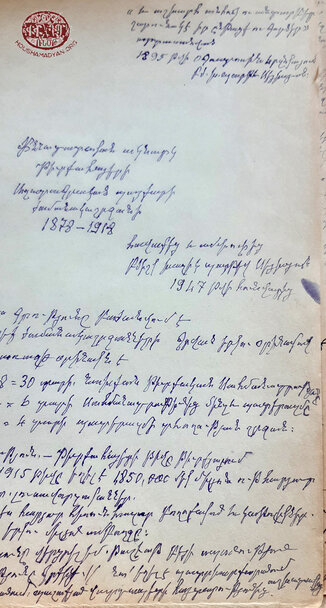
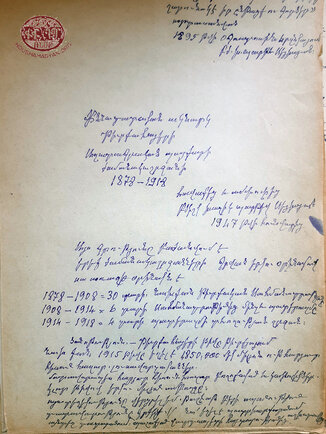
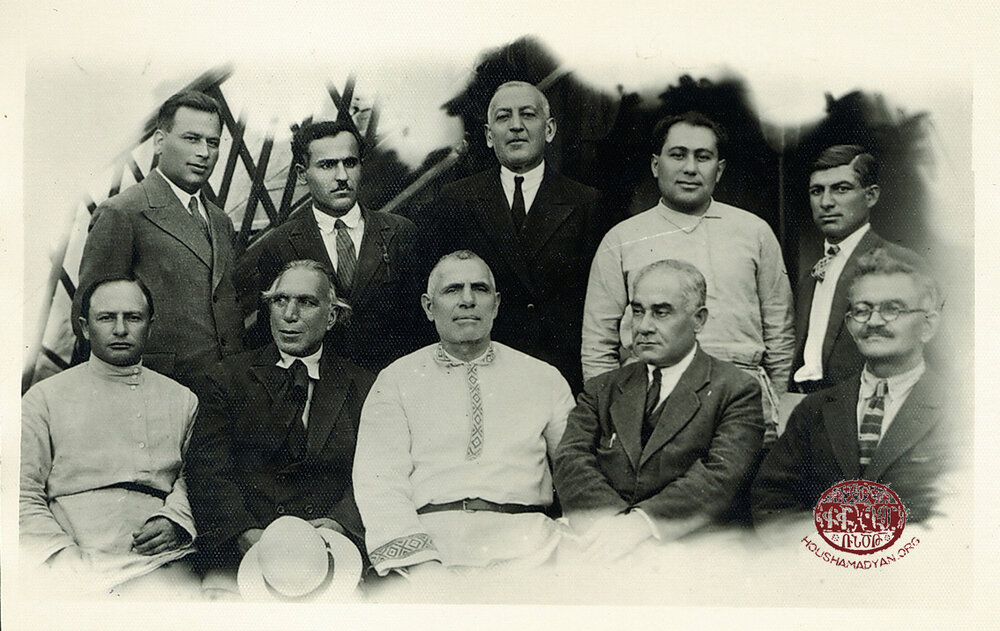
In July 1915, Khachig was discharged from the military and ordered to join the deportation marches. He was sent back to Yerzenga so that he could be deported with his family. But fortune smiled on him. He was one of the few Armenian doctors who were allowed to remain in the city and continue practicing medicine. All the others were deported and killed.
After the First World War, the Seyisian family migrated to the Caucasus. At first, they settled down in Tbilisi, then in Vladivostok, and finally in Yerevan in the late 1920s. Khachig participated in the Western Armenian Summit organized in Yerevan in May 1917, representing Yerzenga.
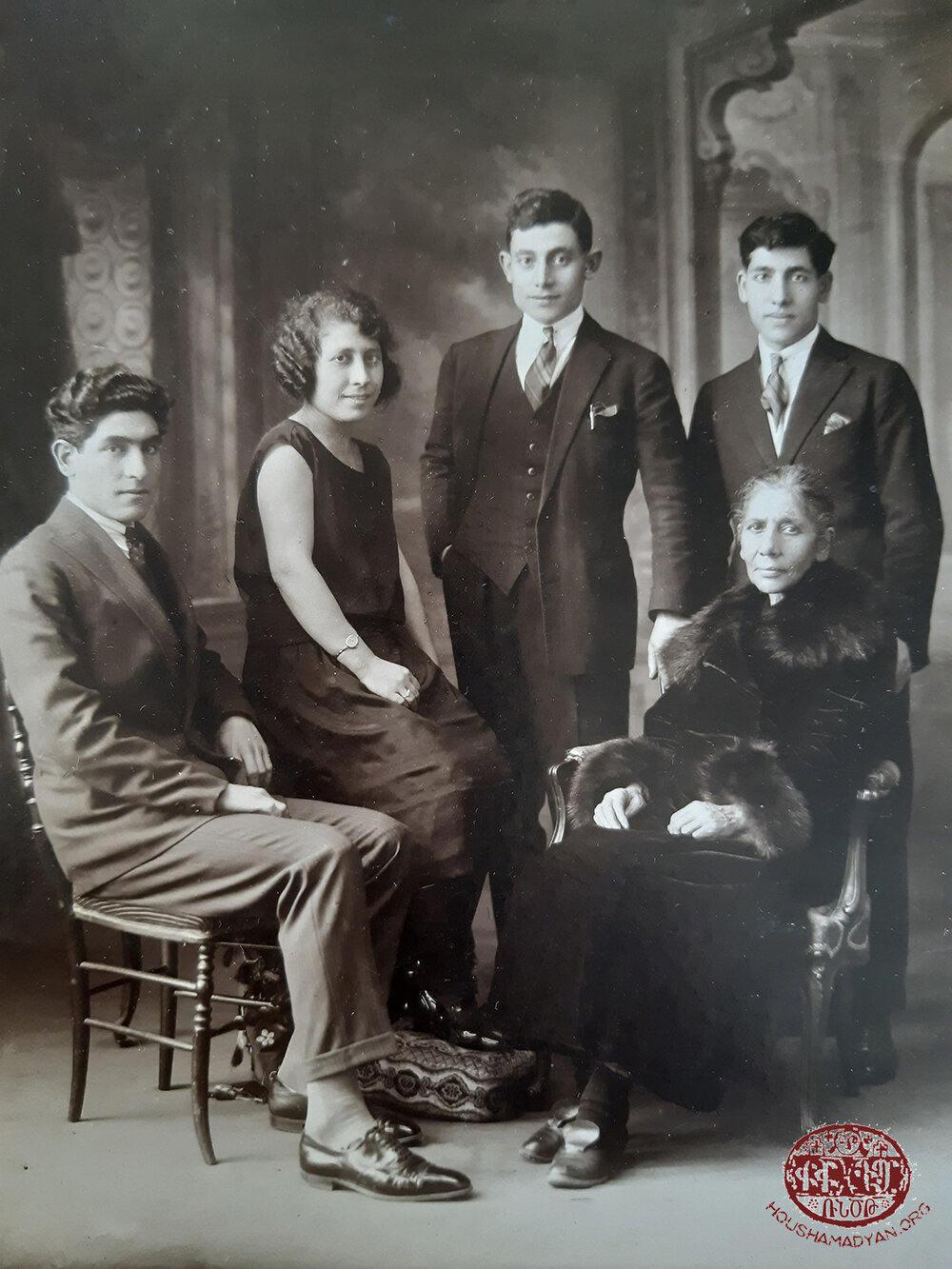
In Armenia, Khachig continued practicing medicine. Under his watch, the first clinic was opened in Yerevan, and he was appointed its head doctor. Aghavni, meanwhile, devoted herself to educating Armenian orphans. From the last months of 1923 until the summer of 1927, while Khachig worked as the resident doctor at the American Near East Relief orphanage in Alexandropol (present-day Gyumri), Aghavni worked as a teacher in the same institution. Thanks to Aghavni’s initiative, a kindergarten was opened in Yerevan, with Aghavni appointed as its director.
Khachig was a member of the Yerzenga Compatriotic Union that operated in Soviet Armenia. He served as the president of the organization for many years. In 1933-1934, he played an important role in the creation of the Nor Yerzenga (New Yerzenga) district in the north of Yerevan. Khachig died in 1968.
Khachig used the surname Bartev-Seyisian. We presume that his past life as a member and operative of the Armenian Revolutionary Federation caused concerns for his family, especially during the years of Stalinist repressions. To avoid suspicion, Aghavni and her children used the surname Bartev.
From 1947 through the 1950s, Khachig Bartev-Seyisian wrote a book, which he titled A Critical Analysis of the Era of the Liberation Struggle of Turkish Armenia, 1878-1918. The book contains fascinating information on the activities of Armenian revolutionary groups in the Yerzenga/ Erzincan area. As Khachig personally participated in these activities, his book often reads like a memoir. During the Soviet era, Khachig’s attempts to publish this book were rebuffed. The book remains unpublished to this day.

